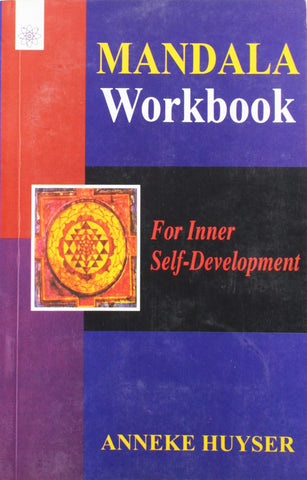Your cart is empty now.
The discourse on Buddhist studies has traditionally been structured around texts and nations (the transmission of Buddhism from India to China to Japan). And yet, it is doubtful that these categories reflect in any significant way the organizing themes familiar to most Buddhists. It could be argued that cultic practices associated with particular buddhas and bodhisattvas are more representative of the way Buddhists conceive of their relation to tradition. This volume aims to explore this aspect of Buddhism by focusing on one of its most important cults, that of the Buddha Amitabha. Approaching the Land of Bliss is a rich collection of studies of texts and ritual practices devoted to Amitabha, ranging from Tibet to Japan and from early medieval times to the present. The cult of Amitabha is identified as an integral part of Tibet's Mahayana Buddhist tradition in the opening essay by Matthew Kapstein. Next, Daniel Getz Jr. locates the Pure Land patriarch Shengchang more firmly in a Huayan context and his Pure Conduct Society not so much in the propagation of Pure Land praxis but as a means of modifying anti-Buddhist sentiments. Jacqueline Stone's study of the practice of reciting nembutsu at the time of death gives us an understanding of both the practice itself and the motivating logic behind it. Kakuban-the founder of the one major "schism" in the history of the Shingon tradition is placed in a typology of Japanese Pure Land thought in James Sanford's study of Kakuban's Amida Hishaku. Hank Glassman contributes an essay on the "subsidiary cult" of Chujohime, which derived from the cult of Amitabha but grew to such importance that it displaced the latter as the focus of worship in medieval Japan. In his examination of "radical Amidism," Fabio Rambelli discusses different forms of Japanese Pure Land thought that constitute divergences from the mainstream or normative forms. Richard Jaffe examines the work of the seventeenth-century cleric Ungo Kiyo, who sought to match his teaching to the needs and capacities of his disciples. Tod Lewis highlights the importance of cultic life and finds traces of the desire for rebirth in Sukhavati in stupa worship among Newari Buddhists. Charles Jones' "thick description" of a one-day recitation retreat in Taiwan provides us with a closer look at how the cult of Amitabha continues in present-day East Asia. Approaching the Land of Bliss moves beyond the limitations of defining Buddhism in terms of its textual corpus or nation states, opening up the cult of Amitabha in Nepal, Tibet, China and Taiwan, and uncovering new aspects of Japanese Pure Land.
RICHARD K PAYNE is dean of the Institute of Buddhist Studies at the Graduate Theological Union, Berkeley.
KENNETH K. TANAKA is a professor of Buddhist Studies at Musashino University, Tokyo.
THE HISTORY OF Buddhism covers more than 2300 years and is a vast area extending from the Afghan region in the west to Japan in the east. Given the great variety of Buddhist source languages and the immense diversity of cultural and historical contexts in which Buddhism found (and finds) itself embedded, it is only natural that there is considerable compartmentalization in the academic study of this religion. Generally, scholars specialize in the Buddhism of a particular region and its literature, be it the Indian subcontinent, Tibet, China, Japan, or another part of Central, East or Southeast Asia. While the study of certain textual and doctrinal traditions straddles such regional divides, few attempts have been undertaken to examine how particular forms of Buddhist practice play out in different areas.
The present volume addresses the dearth of such studies by pursuing the cult of Amitabha in various parts of the Buddhist world. It brings together the contributions of a conference on this theme held in Berkeley in 1995 and of a follow-up panel organized five years later in San Diego, and supplements this with further contributions specifically commissioned for this volume. From the papers on the Tibetan and Newar tradition by Kapstein and Lewis, it emerges that the cult of Amitabha initially was not a sectarian movement, but a form of practice that captured the popular imagination of large circles of Buddhist practitioners and laity. Daniel Gertz's re-examination of the patriarch Shenghchang (959-1020) suggests likewise that Pure Land practice in the Chinese tradition was initially less sectarian than commonly assumed. Naturally, the focus of the studies assembled here is on Japan where the cult of Amitabha was taken to its furthest extreme. They deal with particular forms of Pure Land Buddhist practice there, and in the process touch upon important aspects of religious life such as "deathbed practices" and address pertinent issues such as gender and salvation. Together these studies convey an impression of the stunning range of Japanese Pure Land Traditions.
THE DISCOURSE of Buddhist studies has predominantly been structured by two themes: texts and nations. One doubts, however, that these reflect in any significant way the organizing themes of most Buddhists. In contrast, the cultic practices associated with particular buddhas and bodhisattvas would probably be much more representative of the way Buddhist adherents themselves conceive of their relation to the tradition. This collection draws together recent research on the cult of Amitabha.
Several authors have attempted to break out of the standard categories that structure our academic discourse) In his introduction to a special issue of the Journal of the International Association of Buddhist Studies devoted to the topic of the mandala, Frank Reynolds writes: "For many years Buddhist Studies has been dominated by research that has focused on particular 'national' traditions on the one hand, and on written texts and textual traditions on the other." His own interest in the theme of mandalas was "an attempt to move beyond the limitations on our understanding that the dominance of these two components of the received Buddhological orthodoxy has imposed."
Similarly, Todd Lewis comments here on the split between the philological-textual approach to studying Buddhism and the ethnographic approach, which focuses only on the activities and beliefs of the laity. This split creates a lacuna into which the living Buddhist religious professionals who put the teachings found in the texts into effect in the lives of the laity disappear. A broad concern with cultic praxis avoids this methodological blind spot.
The problematic organization of our knowledge of Buddhist history is also apparent in the "three countries" model, that is, seeing the history of Buddhism as a movement from India to China to Japan. Even with the emendation of Tibet and the creation of a "four countries" model, this organizing principle implicitly makes the Japanese forms of the various lineages and traditions into the culmination of Buddhist history.3 In other words, such a trajectory suggests that Japanese Pure Land, Zen, or Shingon is the most highly developed form of each tradition and that the history of Buddhism is properly organized as a set of sectarian histories. It can also truncate the ongoing historical development in, for example, China, once the focus of attention shifts with the transmission to Japan.
Other authors have also attempted to move beyond the limitations of defining Buddhism in terms of its textual corpus or nation-states. One strategy has been to deploy emic categories, such as Buddha, dharma, and sangha. Although such an approach has its appeal and value as an attempt to represent the categories employed by Buddhists themselves, it does limit the possibility of drawing comparisons between Buddhism and other religious traditions. The approach taken in this volume is to focus on cult and praxis, which have comparative possibilities and represent-if not a category per seat least a type of religious phenomenon that Buddhists would recognize.
Cult
By "cult" we mean what more classically trained scholars meant by the Latin "cultus"-the set of practices identified with the worship of a particular deity.5 Although frequently described as necessarily communal in nature, the cultic practices we consider here include individual practices as well. Cult as cultus is to be distinguished from the sociology of religion's use of the word as a category of a religious organization, like that of church, sect, and so on.7 Much less is the term intended in the pejorative sense found in popular journalism, where it is simply a sloppy shorthand for "cult of personality." Its use here allows for the idea of the cult as a religious entity that exists over time and can be carried across cultural boundaries. As such, cults do not exist as pristine, historical, unchanging, logically coherent, systematized sets of practices. Indeed, as several of the essays here indicate, cults are deeply enmeshed in the political, economic, and historical conflicts of the societies in which they exist.8 As S. R. F. Price has noted, it is necessary that we "analyse and avoid the difficulties which derive from our own cultural background, and of these, the most pervasive is our assumption that politics and religion are separate areas." 9 By organizing our inquiry around the category of cults, we avoid inadvertently introducing the problematic distinction between popular and elite. The Pure Land traditions are often identified as popular, on the basis that some of them developed the idea that Amitabha's vows provide an "easy path," contrasted with the "path of sages." A frequently repeated analogy attributed to Nagarjuna equates following the path of sages with walking to awakening, while depending on the vows of Amitabha is like riding in a boat. This idea of the two paths seems to have been a powerful one, creating a widespread following for Pure Land Buddhism in late medieval Japan, for example.
However, this is not the same as the distinction between popular and elite as commonly used in academic literature. The ambiguity of the term "popular" to mean both "widespread" and "of the general populace" has contributed to this confusion, creating opportunities for anachronisms, such as sectarian apologetics that equate the "easy path" with a democratic impulse. Despite being "one of the most basic distinctions made by the modern study of Buddhism," Malcolm David Eckel has identified this distinction between the popular and elite as needing reexamination.10 He points out that despite their status as learned monks, both Bhavaviveka and Xuanzang were also without contradiction pilgrims and devotees, sharing as a common language the stories and symbols "gleaned from Buddhist sacred sites." 11
Praxis The term "praxis" is used here to mean the totality of practice and belief, theory, or ideology.12 "Praxis" is distinguished from "practice" in that the latter term identifies specific activities, such as a ritual, meditation, or visualization. The use of "praxis" in contemporary cultural studies derives from early Marx. In his discussion of the relationship between human nature and human history, Marx presents the "core of human nature . . . as the ability to consciously transform the environment. Humans, therefore, live in a world that they have built, and they continue to rebuild and change. It is through this practical engagement with the world that humanity can come to understand itself.
Sample Pages
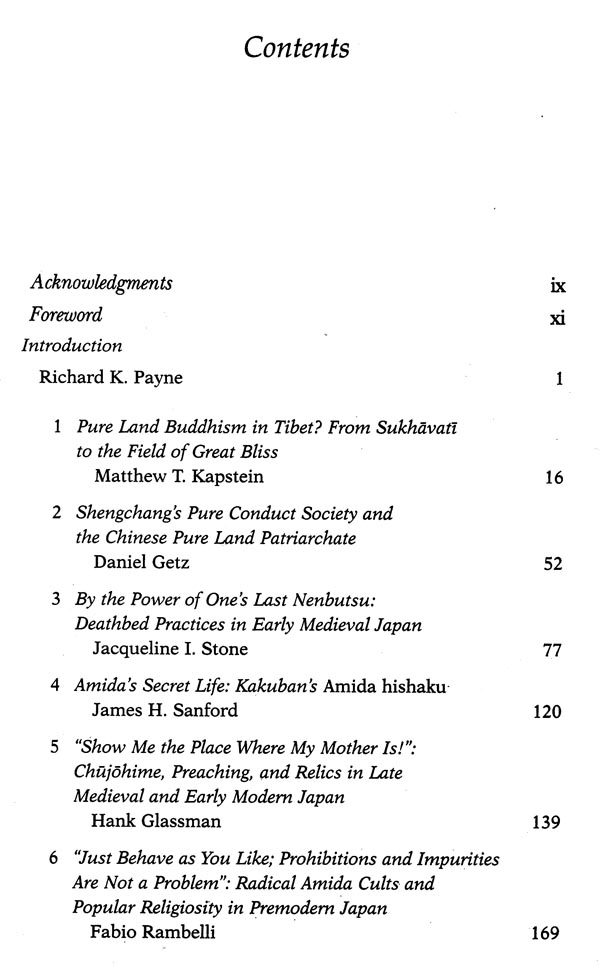


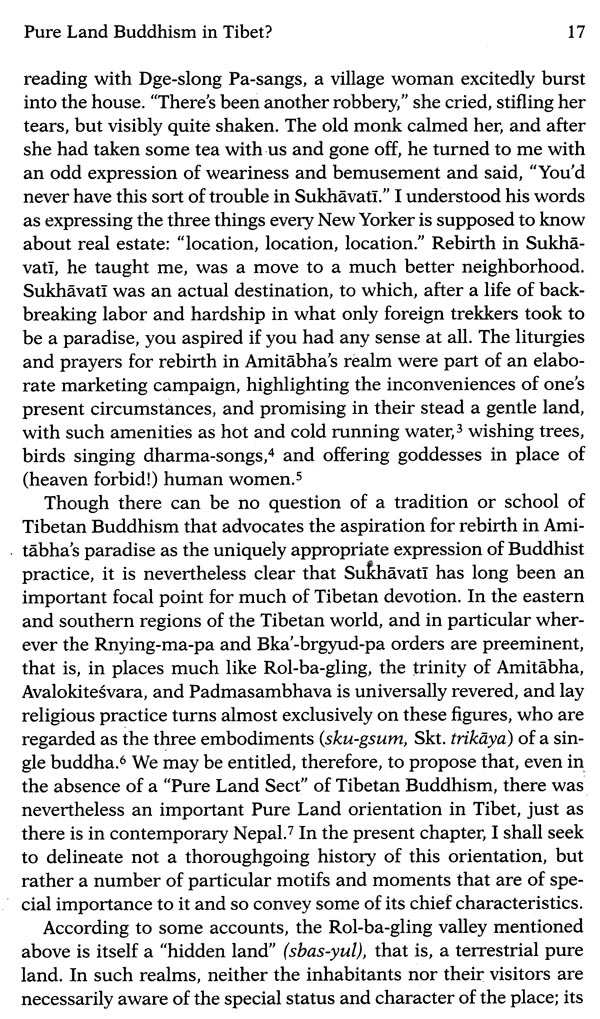
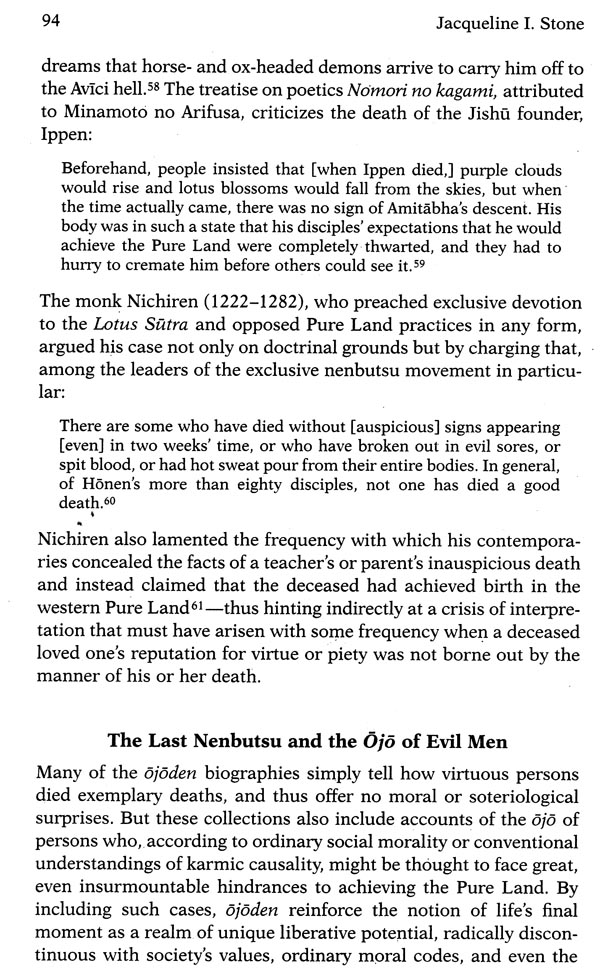




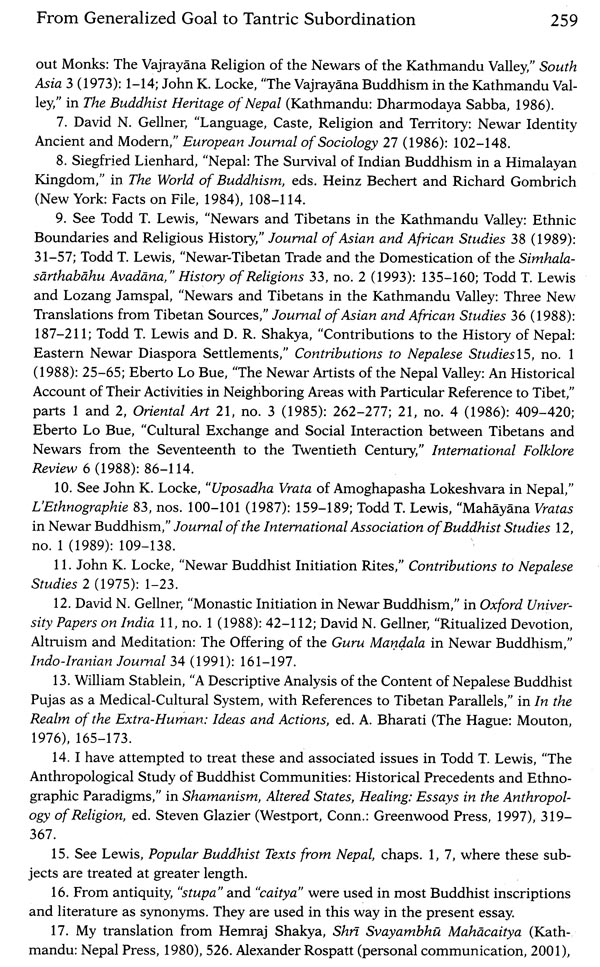
Delivery and Shipping Policy
- INTERNATIONAL SHIPPING
- Rs.1000-1100/kg
- ESTD. Delivery Time: 2-3 weeks (depending on location)
- Bubble Wrapped with Extra Padding
- NATIONAL SHIPPING
- NCR: Rs. 30/half kg
- Standard: Rs. 80/half kg
- Express shipments also available on Request
- ESTD. Delivery Time: Ranging from 1-4 days up to 7 business days (Depending on your choice of Delivery)
- TRACKING
- All orders; national or international, will be provided with a Tracking ID to check the status of their respective orders
- Depending on the Shipping Service, Tracking ID may be used on their respective tracking portals
Frequently Asked Questions (FAQs)
Domestic Shipping: 3-4 Days (after shipping)
International Shipping: 1-2 weeks (based on your location)
You will receive an email once your order has been shipped or you can email us if you didn't receive tracking details (info@mlbd.co.in)
Every book that we sell is the latest edition except all the rare books
Yes, we do provide free shipping, only on domestic orders (within India) above Rs.1500



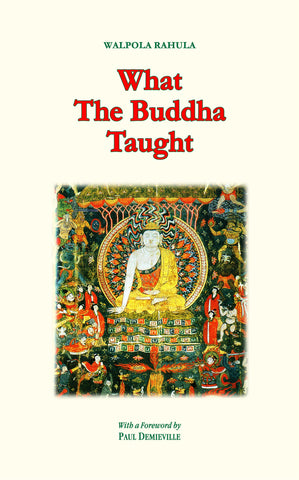
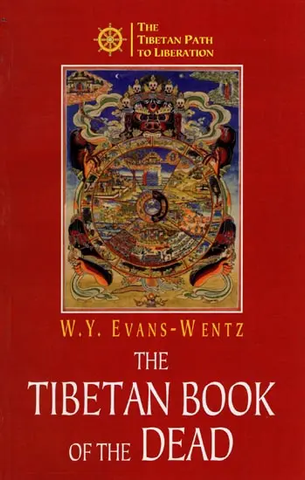
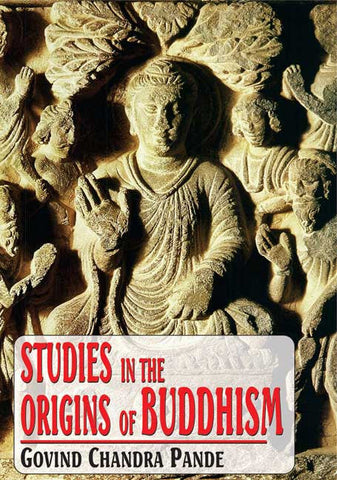
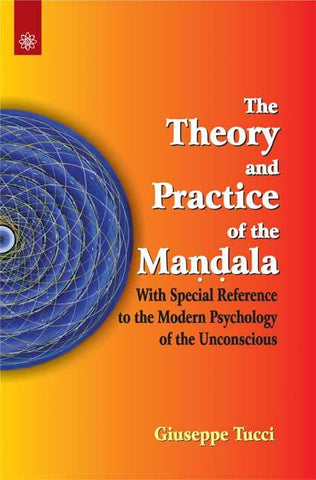
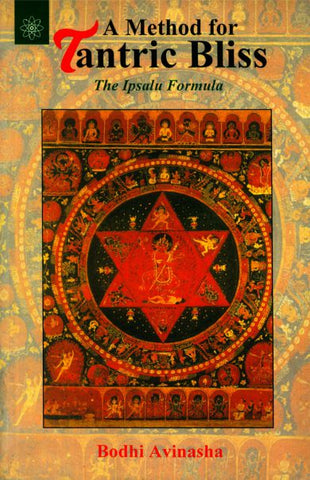
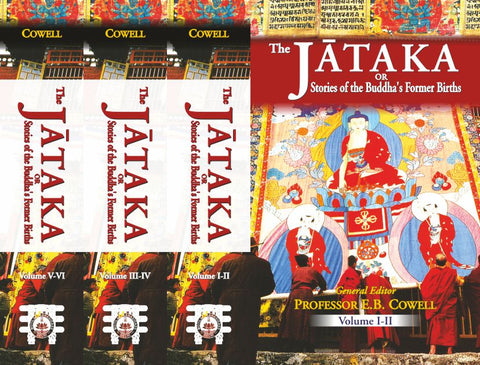
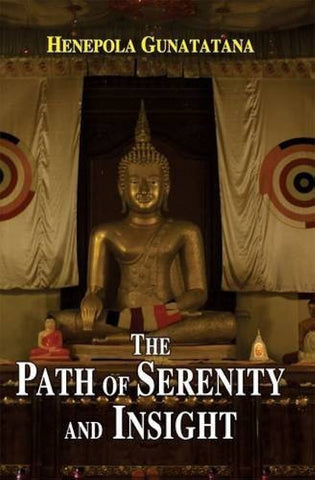
![The Rishukyo [Buddhica Britannica Vol.3]: The Sino-Japanese Tantric Prajnaparamita in 150 Verses (Amoghavajra's Version)](http://www.motilalbanarsidass.com/cdn/shop/products/RISHUKYO_large.jpg?v=1675417651)
